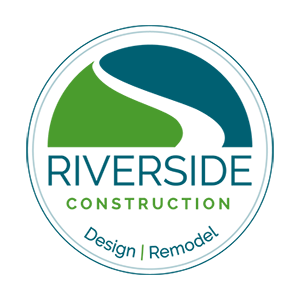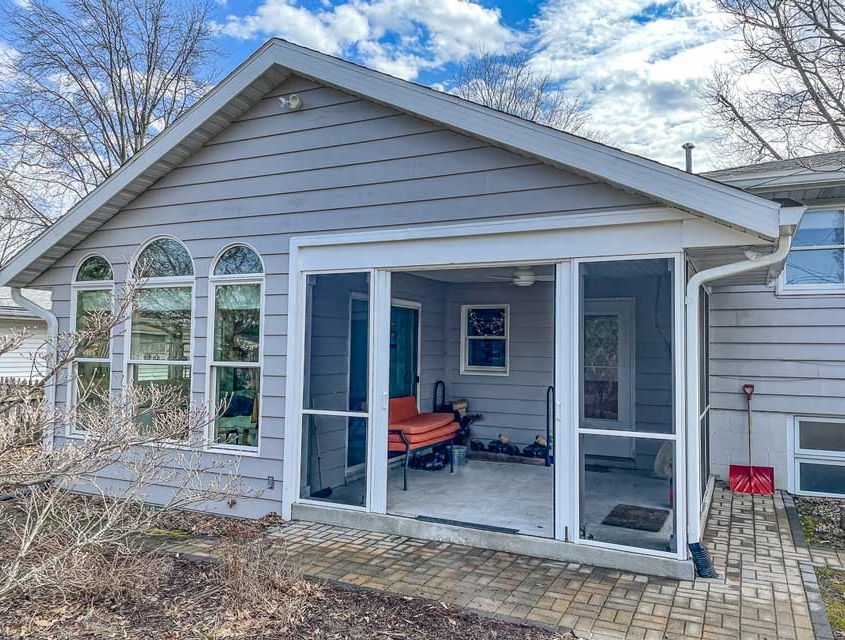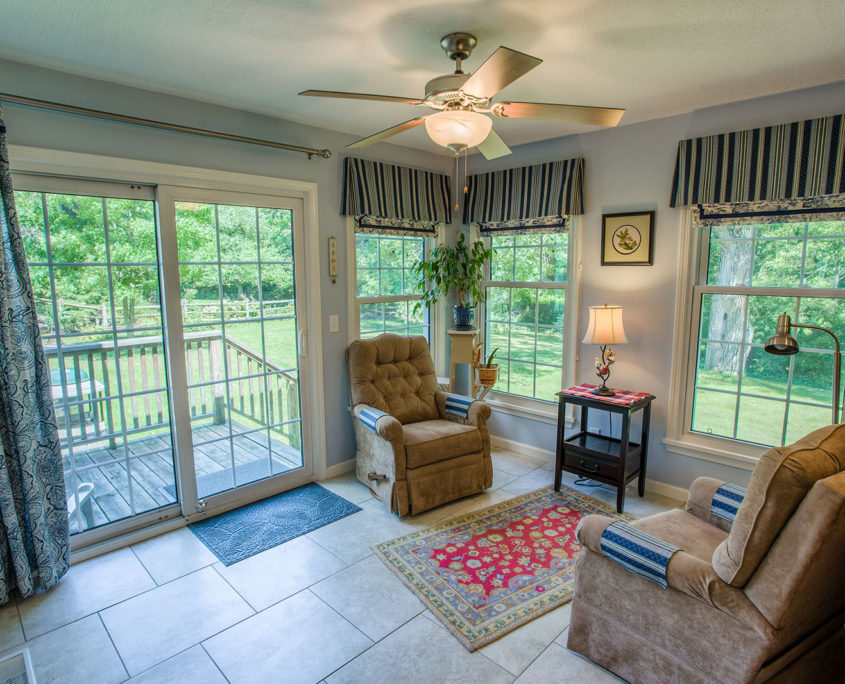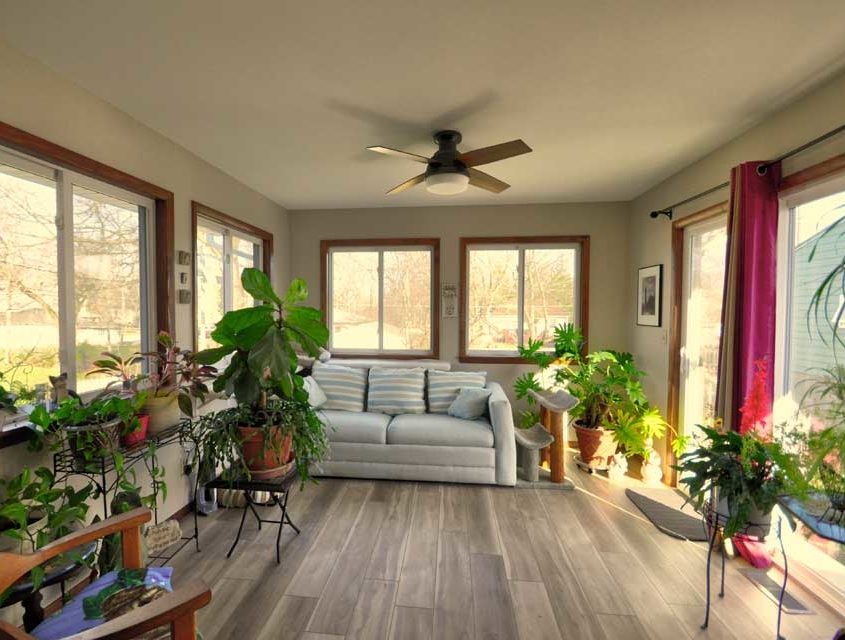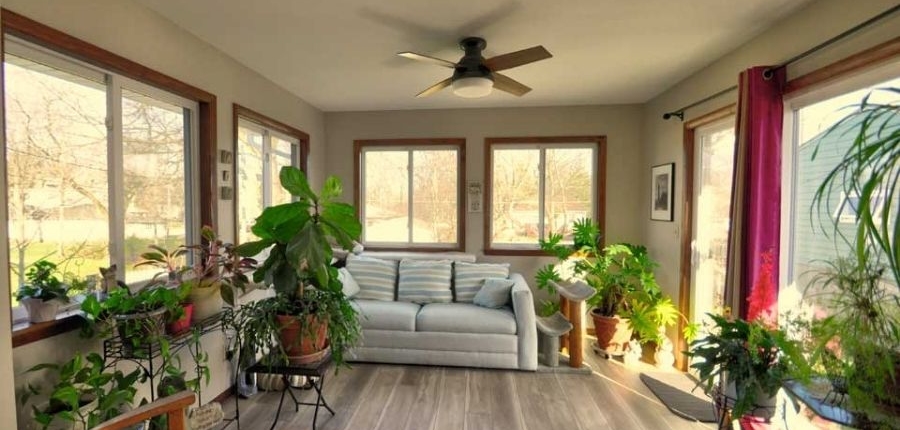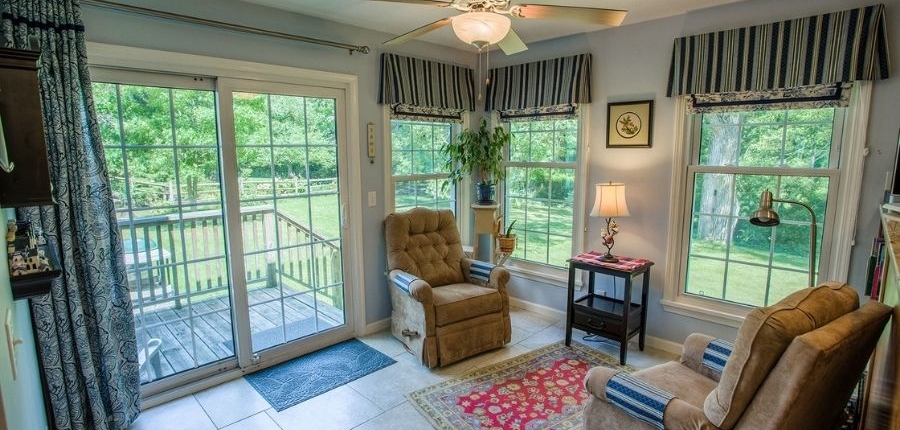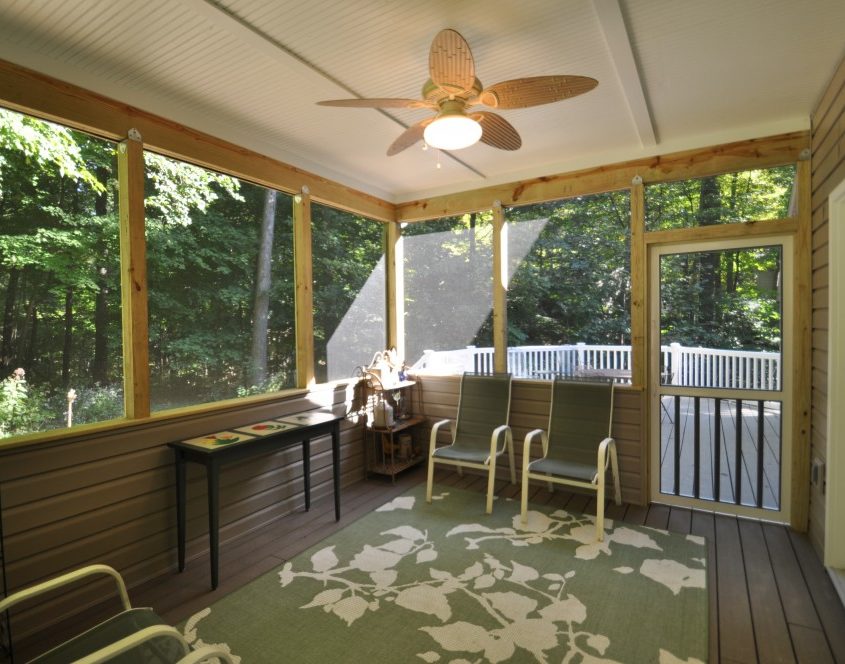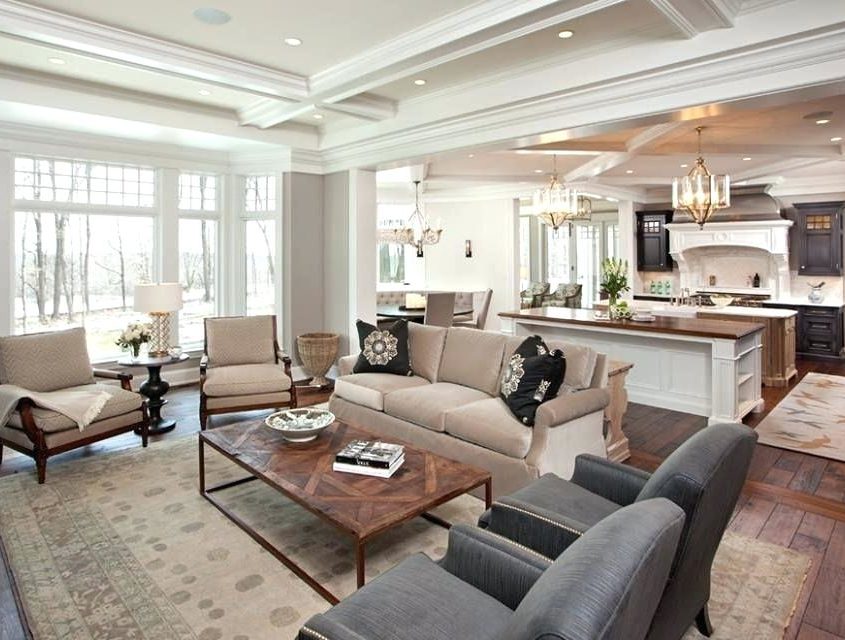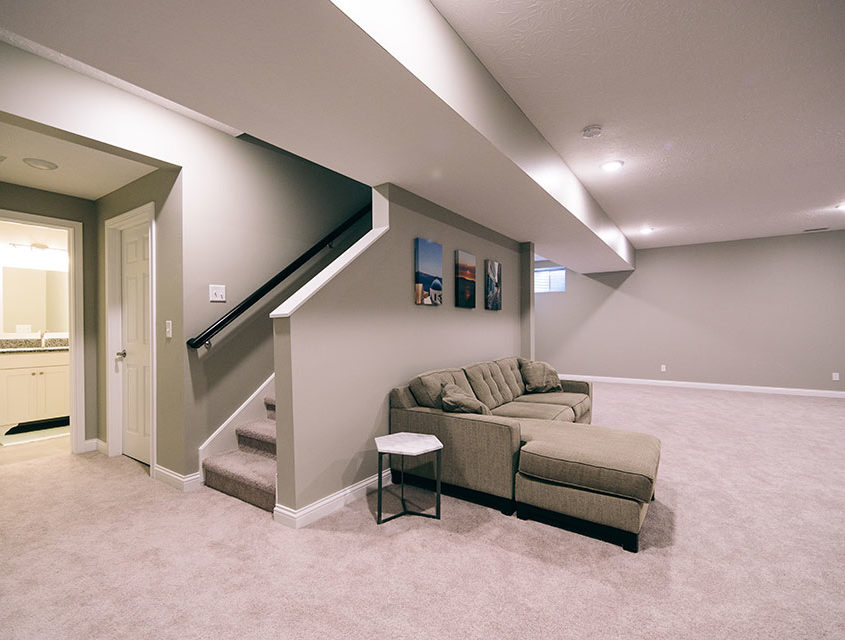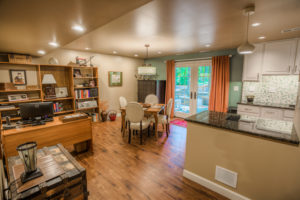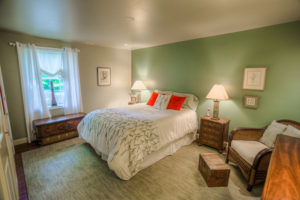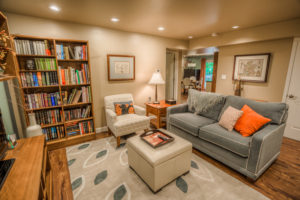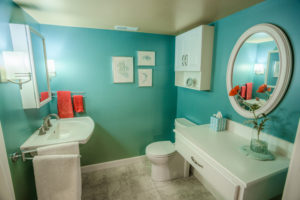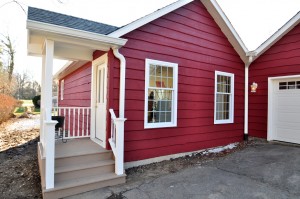2 Ways to Design and Build a Beautiful Home Office
Working from home has never been so popular. It had been a growing trend before the Covid-19 pandemic, but when physical distancing became mandatory, many people quickly realized there was no going back to the conventional office routine.
Productivity among employees working from home increased, as did health and happiness levels. People found it easier to focus and stay organized, and there were more opportunities to exercise and engage in outdoor hobbies.
With modern communication and cloud-based technology, the need to commute to an office every weekday is, for many industries, seen as less and less of a requirement. And this in itself changes how we now interact with our homes.
Designing Your Beautiful Home Offices
If you’re settling for a makeshift home workstation, consider the advantages of creating your ideal permanent home office instead.
Whether you’re enjoying a hybrid work model – where you work partly at the office and partly at home – or you’re working from home every day, now’s a great time to design a comfortable and efficient home office for the long term.
Here are two potential ways to go about it.
Ideal Home Office Option #1: Repurpose an Existing Space
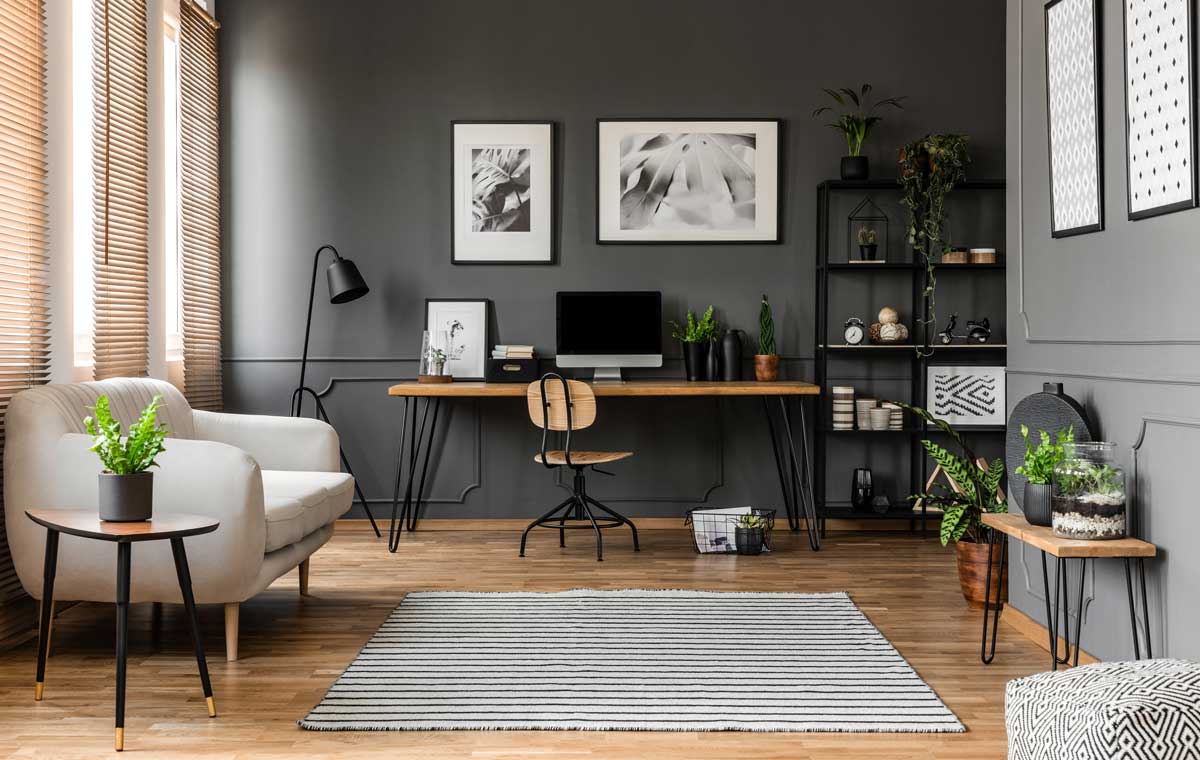
Before redesigning an existing space, it’s important to ask a few basic questions about your office’s intended use. How many people will it need to accommodate? Will the workload be heavy or light? Will you need complete silence for concentration? Will you need a lot of natural daylight?
The simplest, quickest, and most affordable beautiful home offices are using what you already have.
Bring a “Dead Space” Back to Life
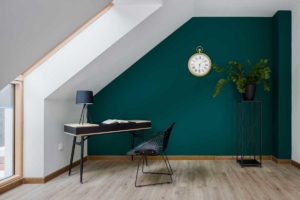
Throughout our homes, there are spaces we hardly, if ever, use. These “dead spaces” include hallway alcoves, spaces under stairs, empty closets, and various nooks and crannies leading from one room into the next.
Depending on your remodeling budget and your requirements for a work area, you can convert these empty spaces into lovely little home offices. It’s incredible how functional, comfortable, and aesthetically appealing these spaces can be with the right furniture and décor combination.
Change An Area You Already Have
As well as using unused space, you can also transform an area you already use. Examples of this might include a loft space, a basement, a former nursery, or a teen bedroom that’s rarely occupied anymore.
Evolving these spaces into a dream office often requires creativity and flexibility. Renovating above or below all the family commotion, as with a loft or basement, can give you the privacy and quiet needed to get work done.
Create a Partition
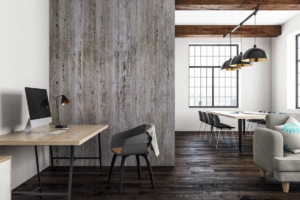
You may not have the luxury of a spare room or a functional nook. In this case, you might consider partitioning off a home office area in an existing larger space. For example, attractive room dividers can create a temporary home office environment in a spacious living room or open-plan kitchen.
The dividers can then be folded back at the end of the day or used to hide a computer station.
Create a Hybrid Space
An alternative to separate spaces and partitions is to actively embrace a multi-functional interior. This hybrid approach is where you design a room to be used in two or more ways without necessarily needing to hide anything. In fact, the flexible design becomes a celebrated feature in itself.
You could, for example, incorporate a stylish home office space in your living room, kitchen, or even in the main bedroom, and it would tie in with the rest of the interior design scheme.
Ideal Home Office Option #2: Build an Entirely New Addition
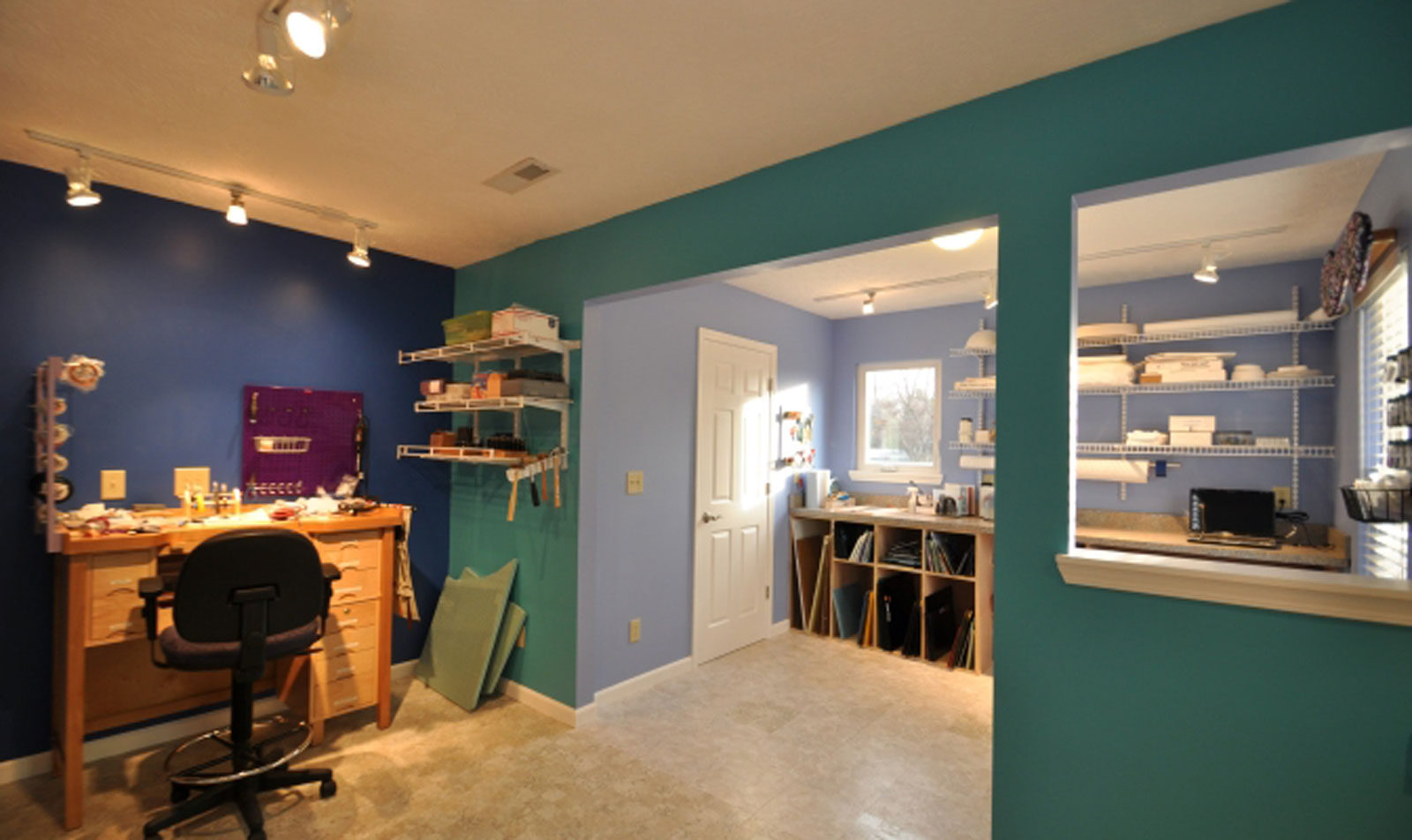
Depending on your needs and budget, now might be the time to take things to a whole new level and create your ideal home office as a stand-alone addition to your home.
The advantages of designing and building from the ground up are many, including having free reign over the layout, style, and functional basics such as workstation comfort, storage, electronics, and even multi-functional use.
Long-term, the most significant benefit could come from your home’s resale value. If current work trends persist, as they likely will, a dedicated home office will be a highly desirable feature for home buyers in the future.
Here are some things to consider:
Choose the Best Spot
The perfect location for a home office addition is where your needs and your home’s existing architecture come together. For example, a home office could be built off a great room in the backyard or as an extension of the kitchen or dining area.
Consider a Multi-Functional Extension
If you decide to add a home office extension, you might want to consider the benefits of an extra floor. The excavation and roofing costs for a two-story extension are similar to those of a single-story.
The additional upper floor can feature a bathroom, a client meeting area, or extra storage and workspace, depending on your work. If more than one family member also works from home, you can even create a second home office above the first.
Build Your Beautiful Home Offices
If you’re committed enough to build a room addition for your home office, then demand nothing less than the desk, chair, and monitor set up just right for your body. Make sure you physically test each component alone and in combination to ensure optimal comfort in terms of position, orientation, storage, and lighting.
Make it Gorgeous and Efficient
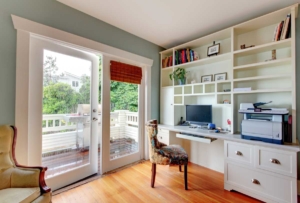
Home offices in the post-pandemic world are more than just places to work. With the barrier between our professional and personal lives becoming less distinct, making the space warm, welcoming, and conducive to a healthy body and mind is essential.
Make your new area not only ergonomic and efficient but also comfortable, fun, and engaging. Add art, family photos, plants, gadgets, and other items you enjoy. With video conferencing a likely feature of your workday, also consider how you can show off your personality in the area behind your chair.
Work With a Qualified Design Build Firm like Riverside Construction
Working from home makes more sense now than ever before, as does the opportunity to create your very own ideal home office.
Family owned and operated, Riverside Construction is eager to responsibly and safely work with you to bring your dreams to life. Now’s a great time to remodel. Riverside is pleased to conduct most preparatory work remotely and effectively; we also help protect your family by conducting all work according to strict EPA lead-safe-certification regulations.
Riverside Construction is Lafayette’s first choice in design-build remodeling. Since 2008, we have provided loyal clients personalized and enjoyable remodeling services, delivered on time and on budget. By listening intently to your needs, we provide the region’s best work.
Take a look at our portfolio, and let’s build your perfect home office!
